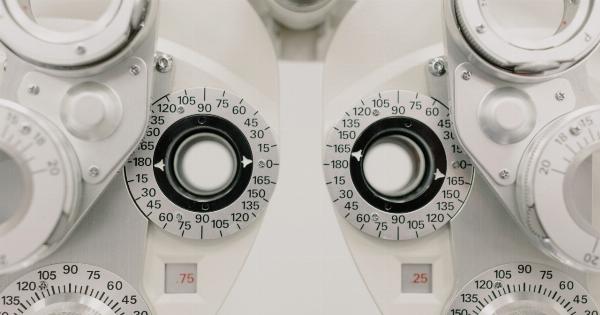“Low Red: Shedding Light on its Whereabouts and Manifestation”.
Low red is a term used in various contexts to describe a range of phenomena. It can refer to low red blood cell count, low red light, or even a metaphorical representation of something lacking intensity.
In this article, we will explore the different manifestations of low red and discuss their whereabouts.
Red Blood Cell Count
One of the most common uses of the term low red is in relation to red blood cell count. Red blood cells play a crucial role in delivering oxygen to different parts of the body.
A low red blood cell count, also known as anemia, can lead to fatigue, weakness, and other health complications. The whereabouts of low red blood cell count can be identified through blood tests, where a lower than normal count indicates the presence of anemia.
Low Red Light
Low red can also refer to the absence or reduced intensity of red light. Red light has a longer wavelength and lower frequency compared to other visible light colors.
It is often used in therapeutic treatments for various conditions such as skin rejuvenation, wound healing, and pain management. The whereabouts of low red light can be found in settings where the intensity of red light is intentionally reduced or absent.
Metaphorical Representation
Besides its literal meanings, low red can also be used metaphorically to describe something lacking intensity or vibrant qualities. For example, a low red fire may signify a dying flame or a lack of passion.
Similarly, a low red painting may have dull and muted colors. The whereabouts of this metaphorical low red can be observed in various aspects of life, such as art, emotions, and relationships.
Causes of Low Red Manifestations
The causes of low red manifestations can vary depending on the specific context.
In the case of low red blood cell count, anemia can be caused by factors like nutritional deficiencies (particularly iron, vitamin B12, and folate), chronic diseases, bone marrow disorders, or genetic conditions. Identifying the underlying cause is crucial for effective treatment and management. In the case of low red light, the intentional reduction of red light intensity can be part of a specific lighting design or therapeutic approach.
Treatment and Management
Treatment and management strategies for low red manifestations depend on the underlying cause and context. In the case of low red blood cell count, treatment may involve addressing nutritional deficiencies through dietary changes or taking supplements.
In more severe cases, blood transfusions or medications to stimulate red blood cell production may be necessary. For low red light, the intensity can be adjusted by using different lighting sources or filters as per the desired therapeutic outcome.
Effects of Low Red Blood Cell Count
A low red blood cell count can have various effects on the body. Reduced oxygen-carrying capacity can lead to fatigue, weakness, shortness of breath, and dizziness.
It may also impact the body’s ability to regulate temperature, making individuals more prone to feeling cold. In severe cases, anemia can affect organ function and lead to complications such as heart problems or cognitive impairments.
Therapeutic Applications of Low Red Light
While low red light may have negative connotations in some contexts, it is also widely used for therapeutic purposes.
Low-level laser therapy (LLLT), also known as cold laser therapy, utilizes low-intensity red light to stimulate cellular activity and promote healing. This therapy has shown promising results in wound healing, reducing inflammation and pain, and even improving hair growth. The controlled application of low red light can have positive effects on various biological processes.
Psychological Aspects of Low Red
The metaphorical representation of low red can have psychological implications as well. In terms of emotions and mood, a low red state may indicate a lack of enthusiasm, passion, or excitement.
It can be associated with feelings of boredom, depression, or disinterest. Recognizing and addressing the psychological aspects of low red manifestations are crucial for emotional well-being and personal growth.
Conclusion
In conclusion, low red is a multifaceted term with different manifestations and contexts.
Whether it refers to low red blood cell count, low red light, or metaphorical representations lacking intensity, understanding its whereabouts is essential for diagnosis, treatment, and personal awareness. From identifying anemia through blood tests to using low red light therapy for healing, the manifestations of low red can have significant implications on our health and well-being.































